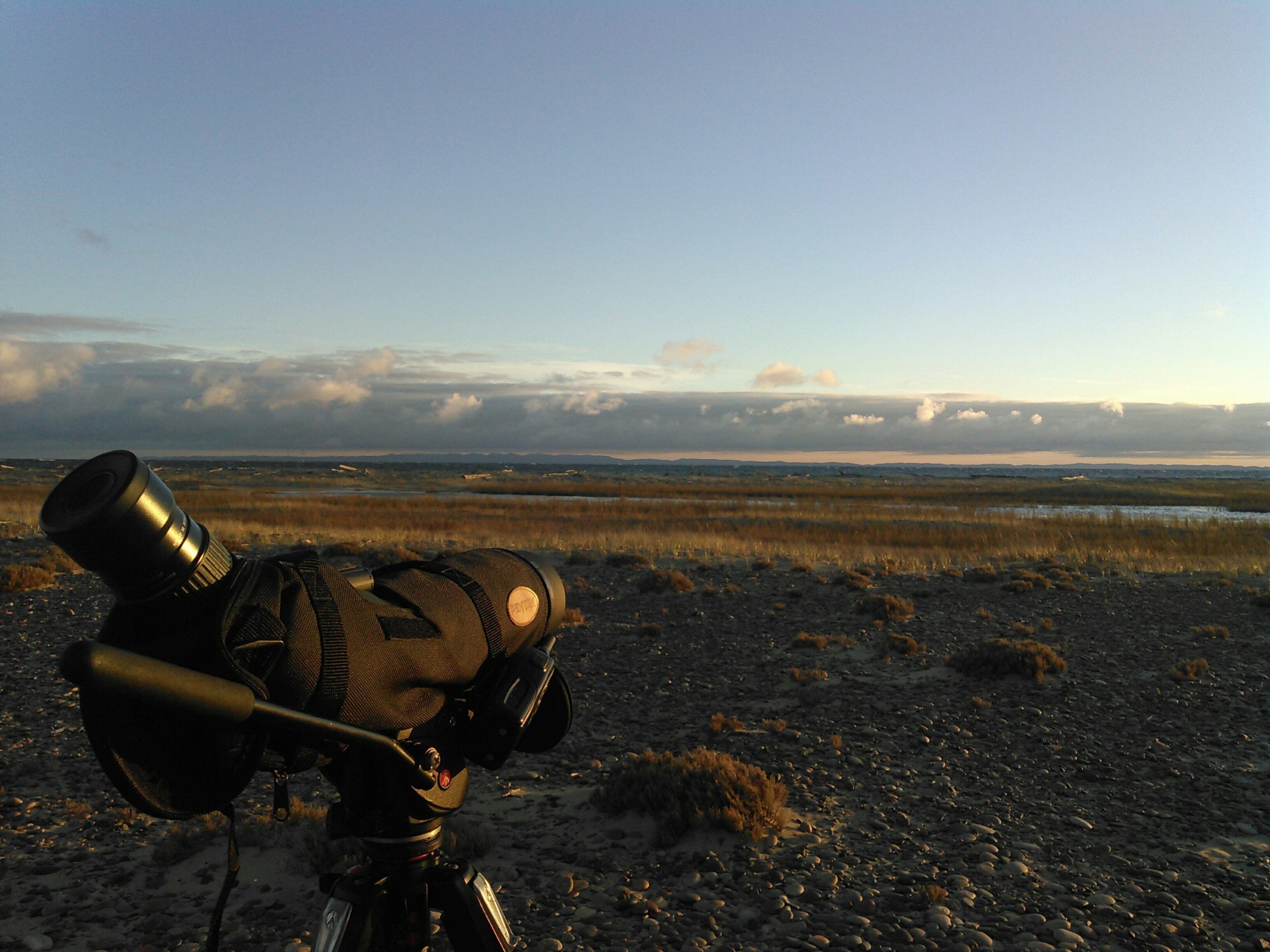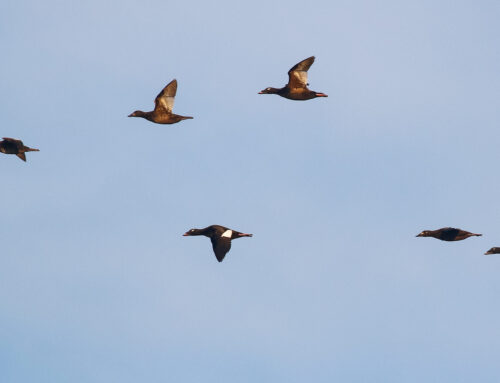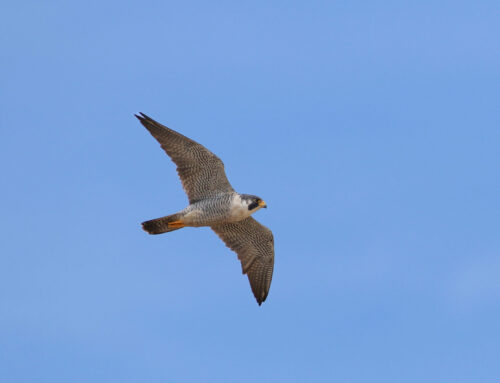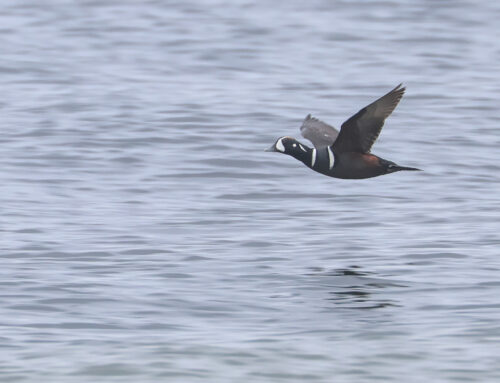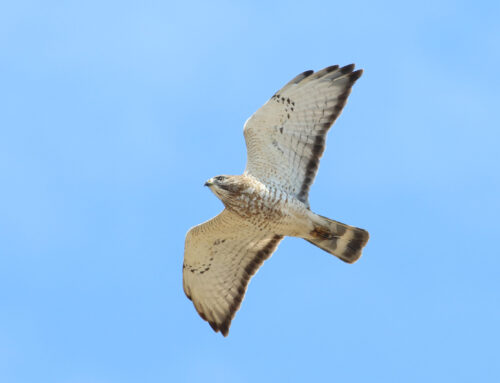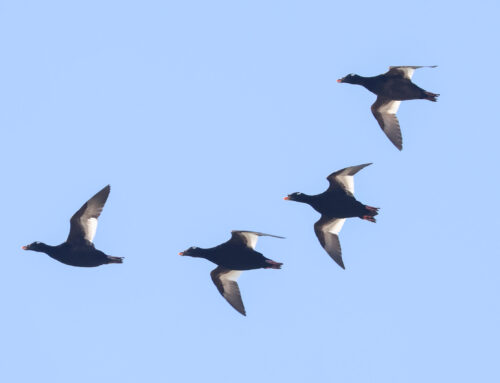November 15 was the final day of the 2020 fall waterbird count; 744 hours, 93 days, 103,216 birds over 221 species, and countless experiences have made it a memorable season. While we’re working on getting all the data cleaned up and reports written, I wanted to share a few reflections on a great season.
We had it easy, weather-wise. I was told one horror story after another about November: snowdrifts piling up in single-digit temperatures and relentless winter storms. Though we had a few gales and exciting precipitation events, we largely avoided anything particularly miserable. While a cold second half of October with temperatures of -4C and much colder wind chills was an experience to remember, I feel incredibly lucky to have had relatively comfortable weather at the end of our season. I had multiple cold-weather layers I didn’t use, though I’ll say the cold days would have been nicer with them.

Data for the season is available at Dunkadoo
Our total count of waterbirds, 92,894, was slightly above the average of 88,100. A large portion of this movement was during just a few days with the anticipated seasonal pushes of several of our focal species. You could tell time with the migration patterns: Red-necked Grebes gave way to dabbling ducks, to Aythya, to Long-tailed Ducks, and puttering out with Buffleheads zipping by at the end. Shorebirds and warblers gave way to finches and buntings. Our Ring-billed Gulls left, and our Herring Gulls took their place. This procession, slightly changing in quantity and diversity by the year, is simply a small highlight of the phenomenon of migration that is happening all around us. To think this awe-inspiring seasonal movement we witnessed at the waterbird count is but a slight fraction of the story across the globe is massively humbling.
Diversity-wise, we noted 84 different waterbird species. This is the record-high number for the count, the average being 77. With this record, it could be assumed that we saw many species not seen before at the count. Though the frigatebird seen on Sept. 24 was quite memorable, not many species were new records. Our diversity instead was composed of a wider spread of our regular and irregular visitors. We’re still working out all the numbers, and we’ll see what superlatives we gain this year, but I’m excited to say we’re well on track to have had the most jaegers in a season recorded yet.
A summation of the season will appear in the Jack Pine Warbler, Michigan Audubon’s periodical, with a more in-depth reflection on the season and the data. I wanted to use this platform and opportunity to thank everyone who has been a part of the count. If you came to the Point and assisted, took photographs, read this blog, followed our social media, donated to the observatory, gave me advice, shared stories, or kept me company, I want to thank you. I knew Whitefish Point was a very special place; it has a lore in birding circles that is well deserved. Every aspect of my season here was enlightening, and it was greatly enriched by the presence of the long-standing birding community in Michigan. I’m honored to have been a part of this census and look forward to seeing what the next season holds, no matter if I witness it from the Point or afar.
Many thanks,
Steve

Text and photo by Fall Waterbird Counter Steve Backus

